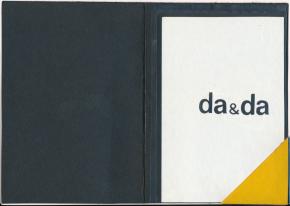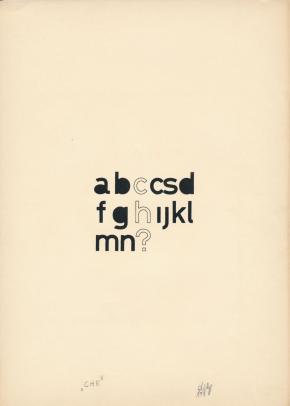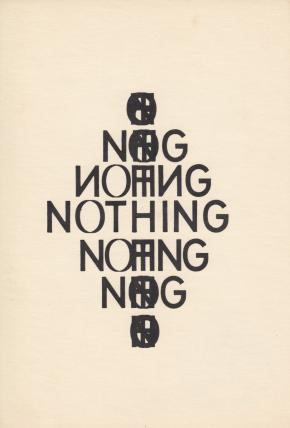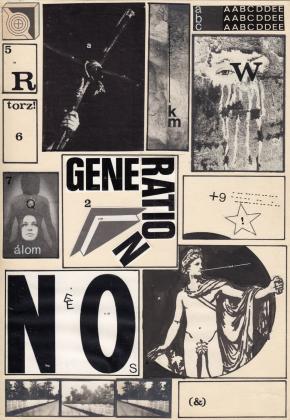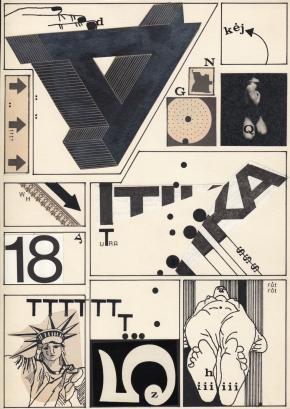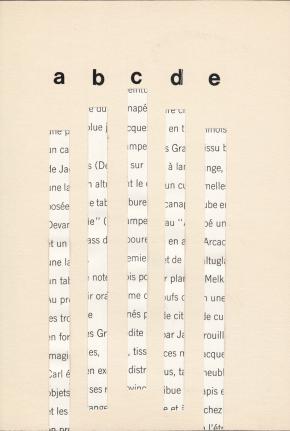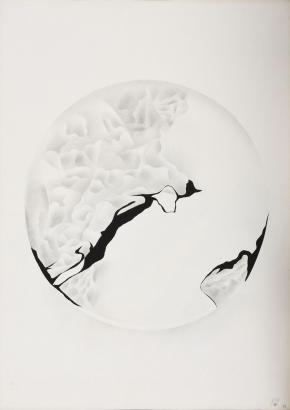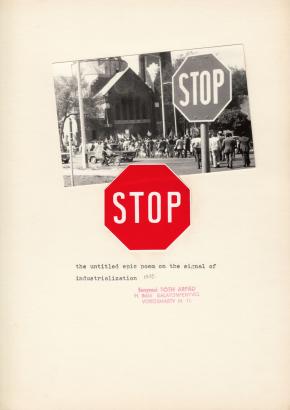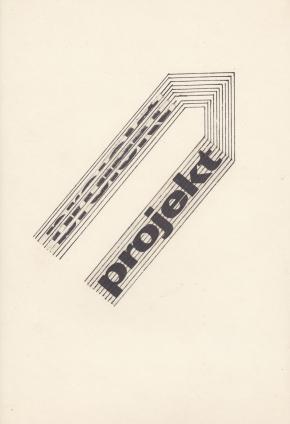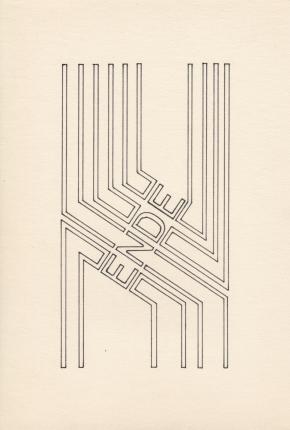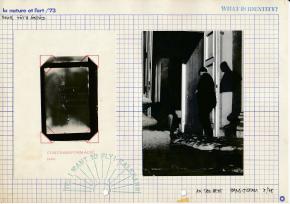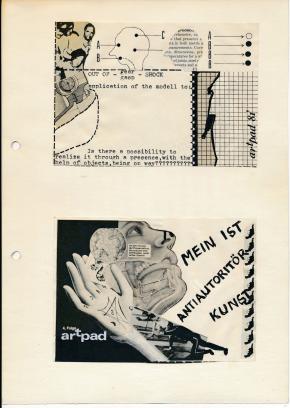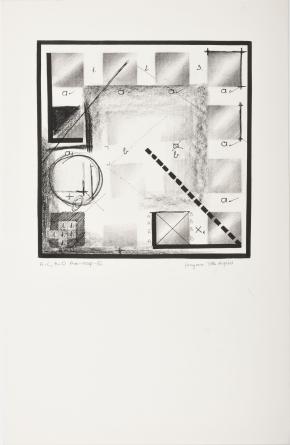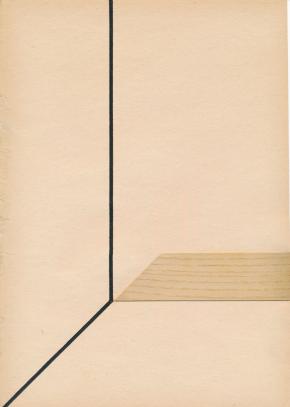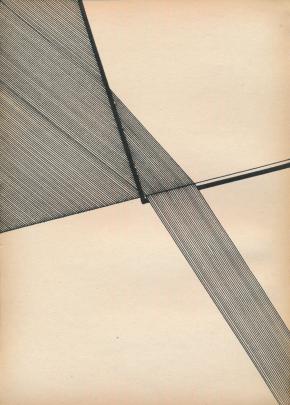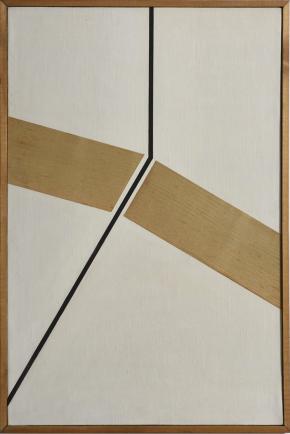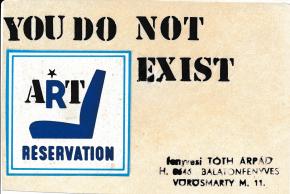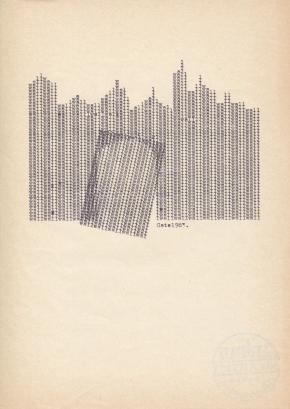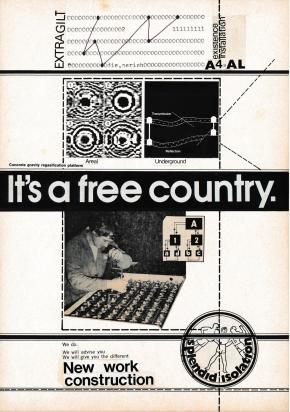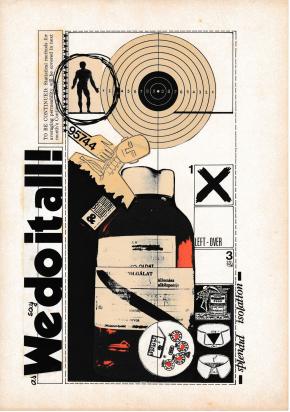Árpád fenyvesi Tóth
ÁRPÁD FENYVESI TÓTH
(1950, Balatonfenyves – 2014, Balatonfenyves, Hungary)
Árpád fenyvesi Tóth, similarly to the majority of his fellow neo-avant-garde artists, was not socialized within the institutional framework of conservative, state-run art education of sixties. He studied at the Industrial Woodworking School of Budapest (1964-1968) under the tutorage of sculptor Tibor Csiky, whose handling of materials and modernist interests significantly determined fenyvesi Tóth’s artistic approach. It was also during these years that he turned his attention towards literature and fine art; he wrote poetry and attended lectures. He became familiar with classic avant-garde oeuvres; he was especially influenced by the lifework of Lajos Kassák, Tristan Tzara and Károly Tamkó Sirató. He studied photography and applied the acquired techniques to creating photos and photo actions that were primarily of a nonfigurative nature, exploring the possibilities of abstraction for various spectacles and visual phenomena.
1966-1968: Together with fellow students József Furák and Ferenc Nemes , he created a single-copy artist book containing textual and visual elements with the title Letter Diary, which became the first example of his experimental literary activities. As of 1966, he broke away from the modernist linear traditions of poetry and created the earliest solo pieces of his concrete and visual poetry.
1968-1972: “Space analytical linear graphic structures” (Zoltán Bakos) that focused on movement were characteristic of his art, from which he developed collage graphic works using graphite on black velour paper. It was also during this period that he created his series entitled Matter – Force – Movement (1969-75), which unified the functions of panel objects with the technique of collage making, as well as with the preference for cheap and provisional materials that characterized the contemporary art tendencies of the times.
In 1971 and 1972, he participated in the Chapel Exhibitions of Balatonboglár organized by György Galántai, where he exhibited alongside members belonging to the Szürenon Group of contemporary progressive art (Attila Csáji, Sándor Csutoros, László Haris, György Szemadám, Oszkár Papp, et al.). In Balatonboglár, he met several representatives of the contemporary avant-garde, including Tamás Szentjóby, László Beke and Dóra Maurer. In 1971, he performed an action with the title Home Soil, during which he gave small pouches containing pieces of soil from his home village to those present.
In 1972, he created his first experimental comics after having met Slavko Matković, founding member of the Yugoslav group Bosch+Bosch, whose so called singnalist comic strips proved to be a defining inspiration. The notable body of work comprised of Árpád fenyvesi Tóth’s comic art constitutes the earliest and most pronounced example of the medium’s appearance in Hungary. The artist’s friendship with Bálint Szombathy, which blossomed into a lifelong intellectual and spiritual relationship, also began at this time.
In 1975, he joined the international and Hungarian mail art network. After starting out by posting reproduced copies of his comic strips, he sent thousands of mail art works by post to all corners of the world. He carried on correspondences with Géza Perneczky, László Beke, Bálint Szombathy, Slavko Matković, Imre Bak, Robin Crozier, György Galántai, Ákos Székely, Endre Szkárosi, Serse Luigetti, John Shannon, Gábor Tóth, Ulises Carrión, Gábor Attalai, György Szemadám, Péter Prutkay, Julien Blaine, Ana Banana, and Zoltán Bakos, among others.
In reaction to the postmodern turn in painting, under the title Tao Te Ching (1980-1984), he created a conceptually oriented, minimalist graphic work series on paper and tabloid formats. In 1983-1984, as an expression of his intellectual isolation and a life spent far away from cultural centres, he used the collage technique to create a comic series entitled Splendid Isolation, which he defined as a “form of one-way communication”. In the nineties, during the final period of his oeuvre, he created variations on his own previously used techniques and media against the backdrop of a more traditional perspective and a mental world of disintegrating intellectual cohesion.

